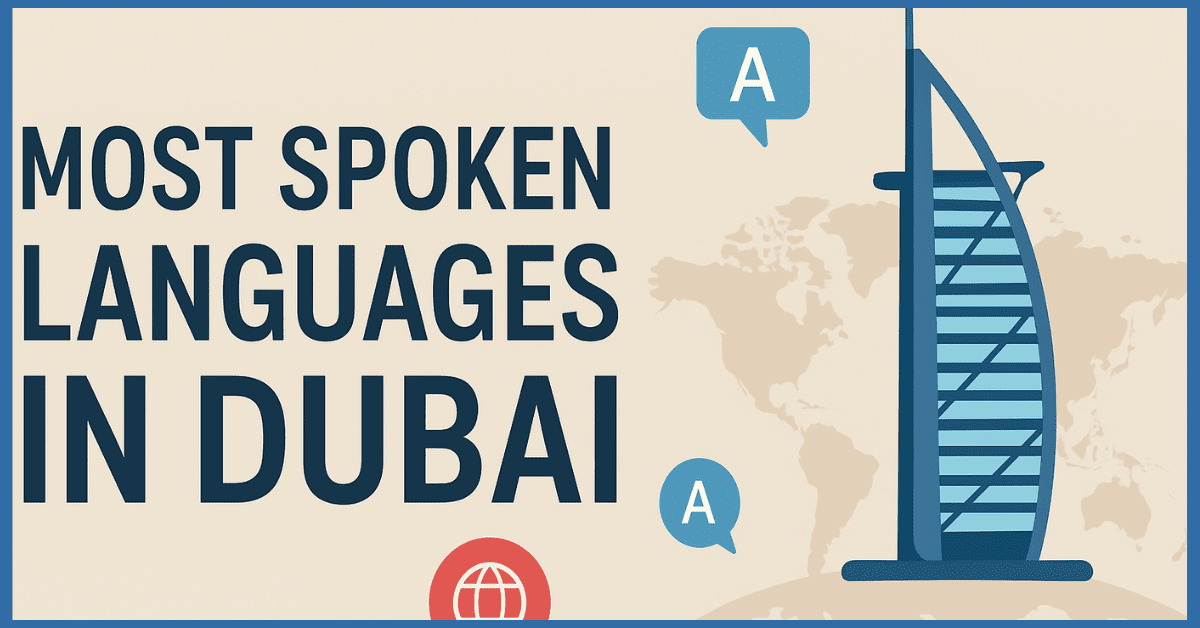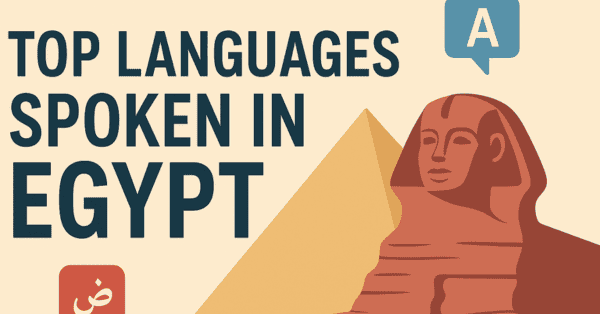
Targeting Niche Markets through Mobile Marketing: A Localization-First Approach
Mass-market reach is no longer the holy grail of mobile marketing in the highly saturated digital economy. Rather, brands are moving to niche markets whose smaller size comes with outsize value because of their defining cultural, linguistic, or behavioral attributes. For localization providers, this trend isn't just interesting—it’s essential. The deployment of ads in multiple languages is just one part of targeting niche markets through mobile channels. Brands need to know about the micro-cultures, preferences by region and device behaviors, and respond to them with not only relevant content, but relevant context. In this blog, you will learn about the important role localization companies will play in helping brands mobilize and convert niche audiences. Further, you will also learn what changes in strategy separate a campaign that connects with audiences from a hook that falls flat. So, what makes niche audiences so important in mobile marketing? Let’s look closer
Why Niche Markets Matter in the Mobile Ecosystem
Niche audiences will always be under-researched but highly engaged. They can also be described more generally by these attributes: Deeply defined They can be defined by geography, language, lifestyle, profession, and/or shared values. Dedicated and vocal They are more loyal and will talk about brands that acknowledge their identities (and that respect them), Mobile-Only and Mobile-first audience These are primarily emerging markets where smartphones are the main point of digital access. Each audience is unique in the language they speak, UX expectations, tone sensitivity, content structure, and cultural signals. For companies aiming to communicate with them, localization is the core strategy, not an afterthought. Recognizing niche audiences is only the first step. The real question is: how do we reach and engage them on mobile?Mobile Marketing Meets Localization: A Crucial Cross-Section
Mobile marketing values—personalization, immediacy, geo-targeting—only apply if the content connects with the user. Here's where localization experts come into play. Now, we explore how localization makes mobile targeting more accurate.
1. Micro-Localized Content, Not Just Translation
Too often, direct translation overlooks meaning, nuance, relevance, and cultural sensitivity. Localized mobile content does more than translate.
• Adapting tone and messaging based on regionally appropriate standards (formal vs. casual address)
• Revising cultural references (holiday campaigns for Ramadan vs. Diwali)
• Applying regionally preferred idioms or humor
• Translating visuals - emoji, icons, layouts
Example: A discount campaign for a domestic retail app in Mexico City may have loud, colorful graphics in an informal voice, while the same campaign in Tokyo would benefit from minimalism and a more polite voice.
2. Geographic-Linguistic Segmentation
Localization vendors are adept at matching language development to region, and often go far beyond surface level attributes. For example:
• Spanish for Argentina is extremely different from Spanish for Spain.
• Arabic dialects are not the same between Egypt, Lebanon, and the UAE.
• English UX for users in Nigeria may best use “Globish” conventions, an informal voice, and some slang.
These micro-approaches all matter when the consumer only sees a push notification, an in-app offer, or an onboarding screen.
3. App Store Localization and ASO (App Store Optimization)
Marketing to niche audiences often starts way before the app is ever downloaded. Localization companies can help brands:
• Translate app names, descriptions, and keywords in line with localized search intent
• Customize app screenshots and preview videos for cultural aesthetics
• Follow specific regional app store guidelines or requirements
These let brands gain leads with organic discovery and clicks in niche mobile markets.
4. Cultural Testing of Campaigns
In addition to language, localization service providers can also test mobile content for: • Visual appropriateness: Are colors or gestures offensive in that market? • Cultural taboos: Do metaphors or humor land as intended? • UX flow validation: Are onboarding, CTAs, or microcopy intuitive? One example is in right-to-left languages (like Arabic and Hebrew), where mobile layouts and button placements must be mirrored, not just translated. 5. Inclusive, Multilingual Push Notifications
Push notifications are a critical tool for mobile marketing—one that is notoriously easy to get wrong. Localization helps ensure:
• Correct character encoding for languages such as Thai or Mandarin
• Notification length is comprehensible on smaller screens or with different script densities
• Time-sensitive phrasing that accounts for local holidays, weekends, and workday culture
Niche users are expecting real-time relevance from brands, and that starts with locally aware automation.
Now, even with the best intentions, brands can still fall short if localization isn’t done thoughtfully. So, where do things often go wrong?
How Brands Fail Without Localization
Many mobile campaigns representing niche markets fail because: • They over-rely on generic machine translation. • They don't differentiate between dialectal nuances. • They assume cultural homogeneity in ethnically diverse regions. • They don't localize UX and navigation. • They don't perform linguistic quality assurance for a regional variant. By incorporating language, culture, and context into the creative and technical workflows for mobile marketing, localization companies minimize these risks. Here’s what brands stand to gain: Strategic Benefits for Brands with Localized Niche Mobile Markets • Higher conversion rates: Localized CTAs outperform generic ones because they culturally and linguistically align with the user. • Improved retention: Apps that “speak the users’ language” (literally and figuratively) have lower churn. • Brand affinity: Recognition of cultural identity contributes to brand loyalty, especially among underrepresented users. • Competitive differentiation: In markets where every competitor chooses to ignore localization, culturally fluent content can provide instant differentiation. How Localization Companies Must Evolve As niche targeting becomes more mainstream, localization companies must change their capabilities to include: • Mobile-first UX testing across languages and devices. • AI-assisted, human-reviewed content QA at scale. • Regional content strategy consulting. • In-market linguistic teams, not just remote translators. • Integration with martech stacks for campaign automation. Niche mobile marketing will thrive through a fusion of data, empathy, and linguistic expertise In mobile marketing, niche audience segments can add value in terms of growth, provided they are executed with cultural fluency, linguistic diligence, and local relevance. These dimensions will not be viewed as a service offer for localization companies, but an entrenched responsibility. Whether it’s a fintech app aimed at migrant workers, a wellness offering for Gen Z K-pop fans, or an educational platform serving rural communities, mobile engagement only works when the experience feels personal. Localization is what makes that possible. Brands that understand this go beyond reaching users. They resonate.



